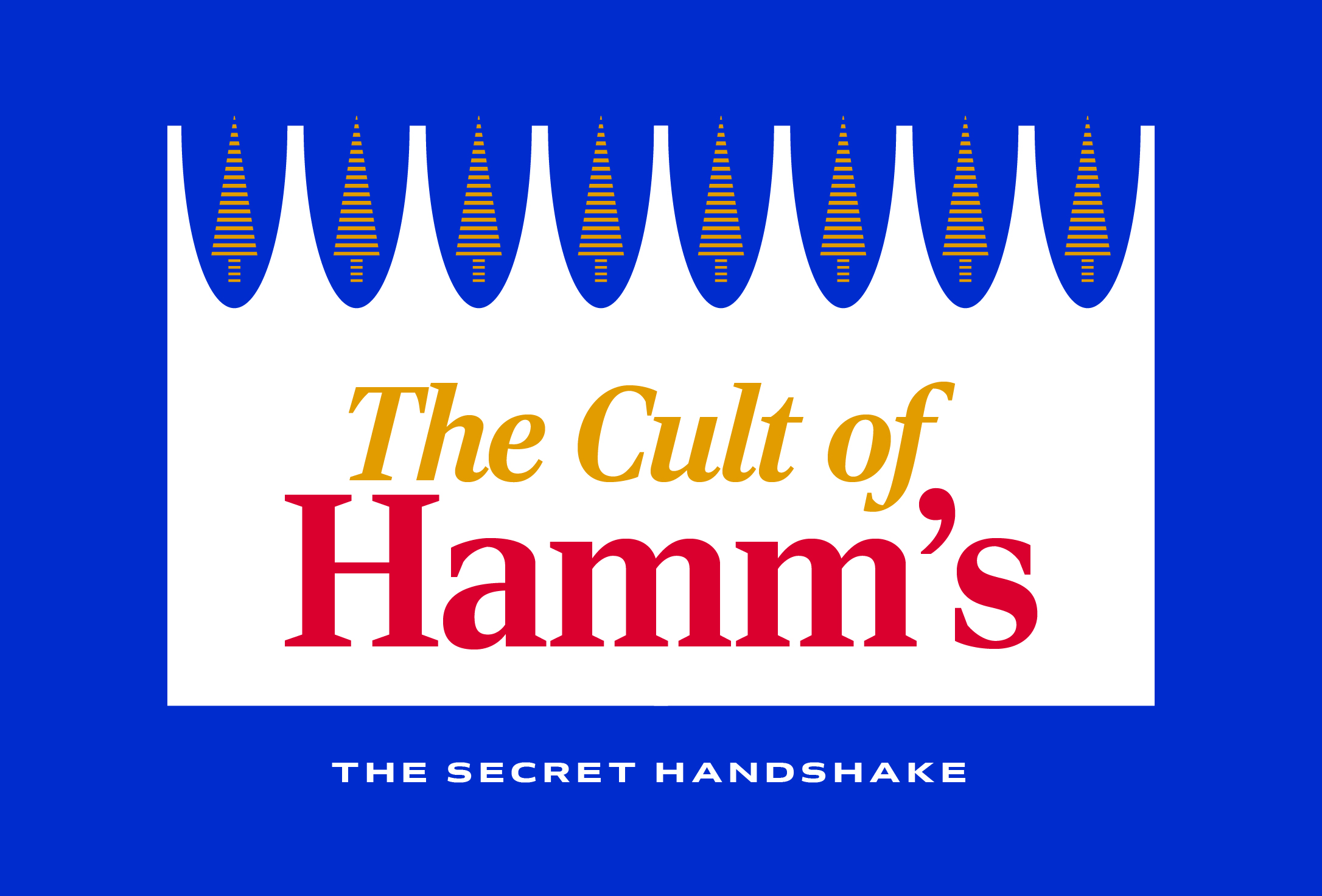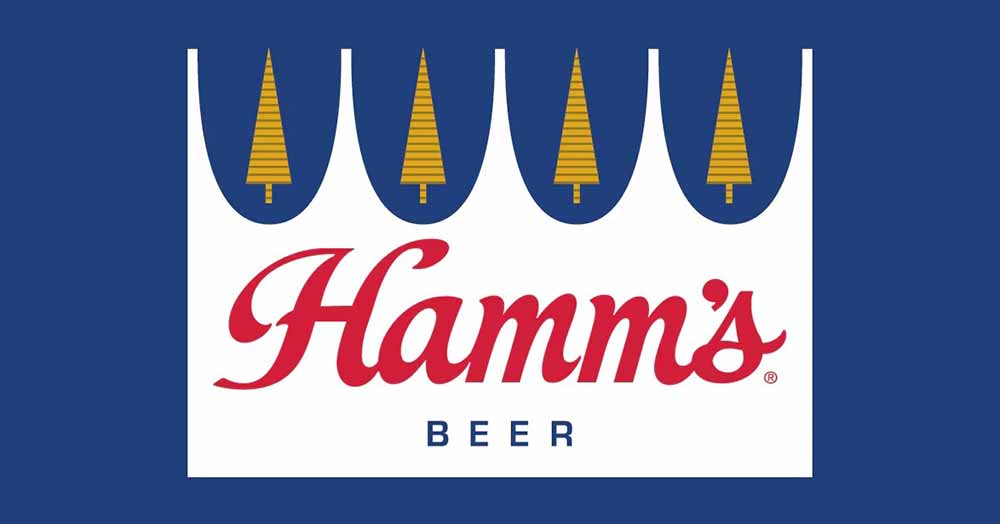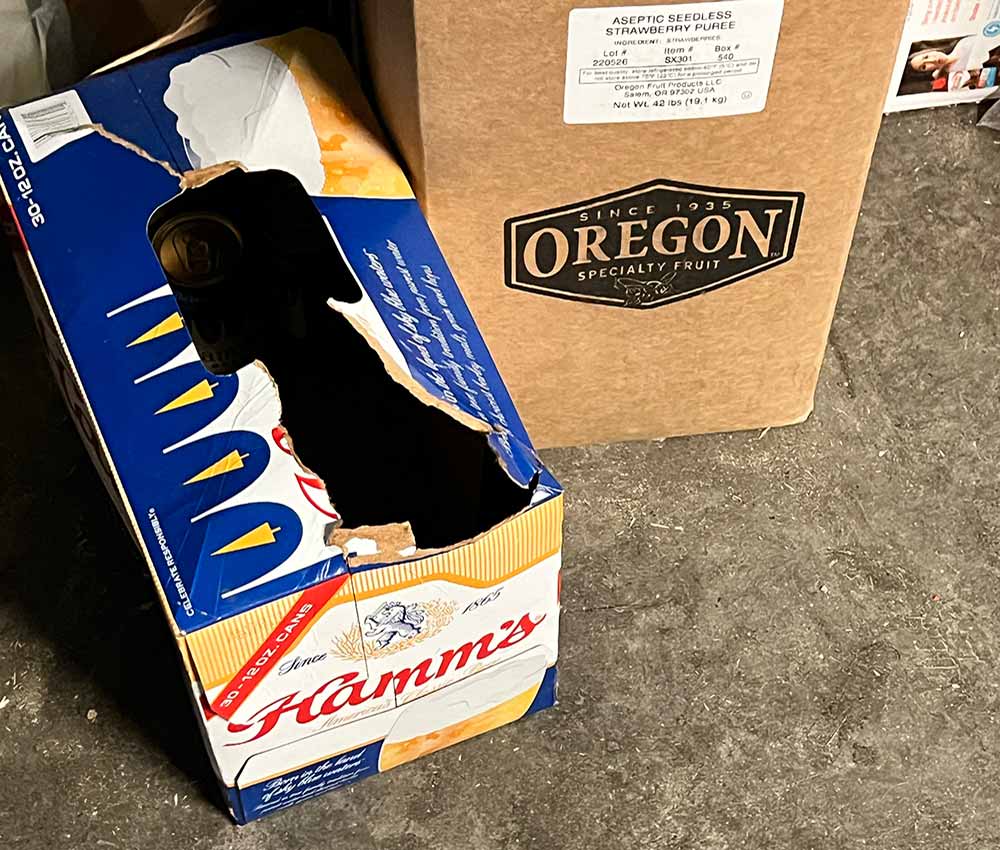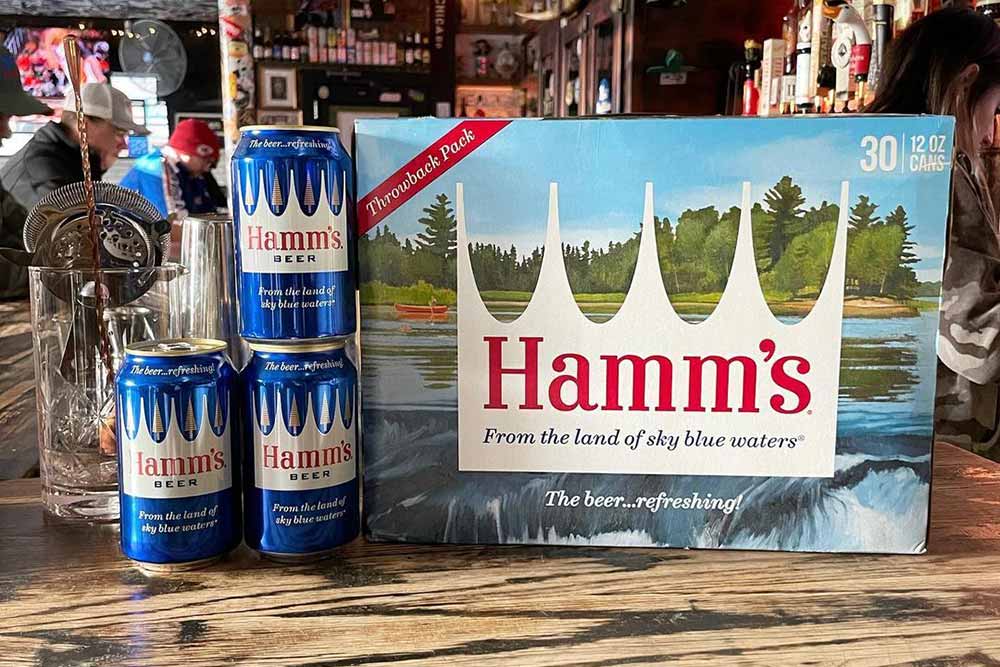Shop
Get Me a Slice of Some Hamm’s
Hamm it up!
These Beers Have Cult-Like Followings Too!
In “Marriage of Figaro,” the third episode in Matthew Weiner’s monumental AMC period drama Mad Men, Don Draper, the maddest of men, undertakes an ancient paternal rite of passage: Assembling a playhouse for his daughter’s birthday. To fuel his marathon of frustration and fiddling, he turns to his garage fridge, packed with beer cans like a first-aid kit stuffed with bandages, antiseptic wipes, and gauze; it’s trusty old Fielding Beer to the rescue.
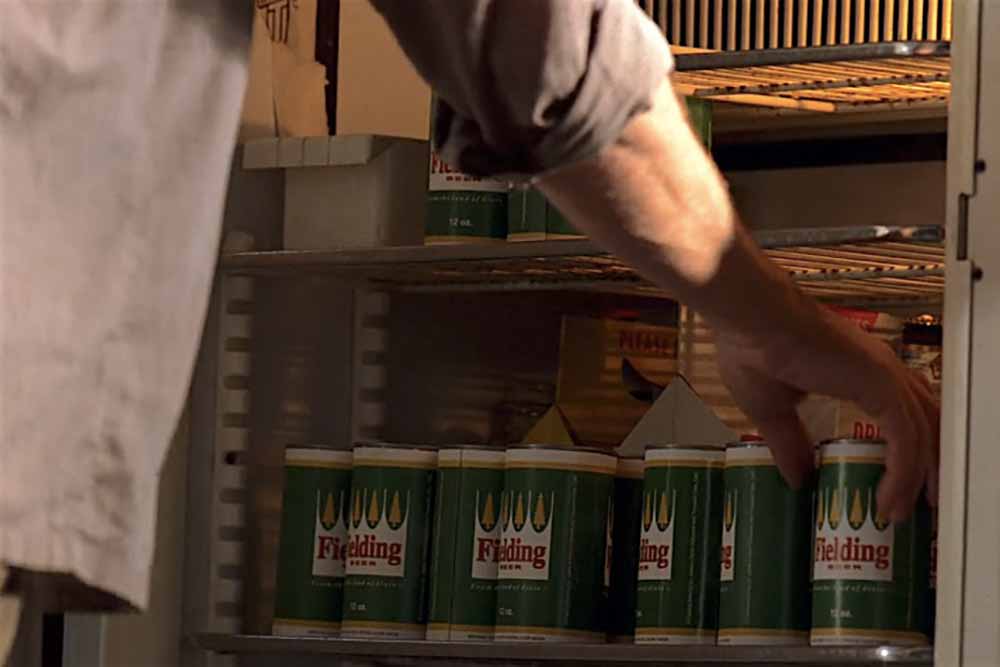
Photography courtesy of @MadMenQts
Avid TV viewers remember Mad Men for any number of mixed-and-matched reasons: the immeasurable cool; the reflections on American life; the sharp writing and sharper costume design; the comely cast, from John Slattery, Christina Hendricks, and Elisabeth Moss to Jon Hamm, Don himself, an actor who’s far too funny to have any business being so handsome.
Those same viewers probably don’t think twice about the brands mentioned over the series’ seven seasons, especially not made-up brands like Fielding that only get a cameo reference. For a particular demographic of Mad Men fans, though—the beer geek demographic—the Fielding logo is an in-joke: the crown, the pine trees, the simplicity. The beer is fake. The label, on the other hand?
That’s Hamm’s, the beverage of choice in the Bread and Butter State, the North Star State, the Gopher State: Minnesota.
It’s a safe bet Mad Men modeled its “fake beer” after Hamm’s, initially established in Saint Paul in 1865 and now brewed in Wisconsin, but always in the spirit of the land of the sky-blue waters. When life gives your production a leading man with the last name “Hamm,” what else can you do but reference one of the great American macro lagers in an early episode when no one’s watching who might appreciate the zinger?
Maybe this is just coincidental. But that’s a coincidence with low odds. Hamm’s label is part of its enduring appeal, according to journalist and author Aaron Goldfarb. “While craft breweries try to continually one-up each other with over-the-top packaging, and while big beer brands continually update their packaging ‘for the times,’” Goldfarb says, “Hamm’s has been content with sticking with a can design that wouldn’t have felt out of place in 1934.”
Mad Men takes place between the 1960s and 1970s, but Goldfarb is on the money regardless; best accept the reference as intentional. Not every beer is niche enough, local enough, yet at the same time big enough to warrant a loving, if brief, nod in one of TV’s greatest shows. That requires cult power—and Hamm’s is nothing if not a cult.
“It’s Like a Secret Handshake”: A Cult Without the Kool-Aid
“Cult” is a red-flag word, the kind that recalls unsavory images of NXIVM from the news or Adam Sandler caterwauling about sunburns and haircuts, so rest assured that the cult of Hamm’s is gentle, even convivial. Maybe that’s giving the Minnesota mainstay too much credit; according to old data, beer drinkers are seen as more approachable than, say, wine drinkers. A person with a beer glass in hand might as well be wearing a “hello, my name is” sticker on their shirt.
But in the world of craft beer geek-talk, a Hamm’s is “like a secret handshake,” says Murphy Johnson, co-founder, director of creative & product development, and vibe curator for BlackStack Brewing, just six miles away from Hamm’s original Saint Paul location (which is now the home of Saint Paul Brewing). Put in modern parlance: If you know, you know.
Like most brewers, Johnson spends the better part of his time in the company of other brewers—an occupational hazard. And also, like most brewers, Johnson’s beer diet includes buckets of the beer he brews with his team. He isn’t complaining. He’s just highlighting a few inevitabilities of a career in craft beer. Brewing is a good job, but vacations are still necessary.
“It’s nice to get away from that every once in a while,” Johnson says. Hamm’s is, in a way, a reprieve from craft—not beer or being a brewer, but the rigors of the work. He likens Hamm’s to “brewer bait,” a token of fellowship to bring when visiting other breweries. “If I’m going over to Modist [Brewing] to say ‘what’s up,’ we’ll bring some of our own beer,” Johnson explains, “but then it’s like, ‘Hey, we brought you guys a case of Hamm’s.’ It’s like a greeting card, I guess.”
Frankly, it sounds a bit like a divine offering: milk, honey, the first fruits of the harvest, and little cakes. What Johnson is pointing to, though, is a subculture nestled within the broader culture of craft beer. “There’s never been any pretension to it,” Johnson says. Brewers see a case of Hamm’s as a moment for kicking up their heels; artifice goes on hold so everyone can enjoy drinking in like-minded company.
Easy on Your Palate, Easier on Your Wallet
Meanwhile, the beer takes on additional meaning for everyone else in the Hamm’s cult. Take cost, for instance. Whether in good times or bad, you can’t ignore $12.99 a case.
“It’s a poundable lager in a humble can for a humble price,” Goldfarb points out. Fair enough. Even affordable craft beer costs a fortune by comparison; take that $12.99 to your local brewery, and you’ll walk away with a 4-pack at best. Meanwhile, Hamm’s will fill your fridge about as full as Don Draper’s.
“That was extremely appealing in high school,” Johnson says about his personal journey with Hamm’s. “I remember saying all the time back then, ‘Dude, this is pretty good; this is way better than Steel Reserve or Red Dog.’”
Fast forward years into Johnson’s adulthood, and he got his vindication. First, in 2018, the Chicago Tribune hosted a macro lager blind taste test with Revolution Brewing’s Jim Cibak, Pollyanna Brewing’s Brian Pawola, and Half Acre’s Matt Gallagher; they chose Hamm’s as their number one. One year later, the gang at Paste Magazine conducted their own macro lager blind taste test and came to the same conclusion: Hamm’s is really good.
And not just “good for macro lager” good, either. Hamm’s is good good, the kind of good you’d be okay paying slightly more for, which makes $12.99 a rare astronomical value in the craft beer world: cheap to purchase without being cheap.
Nostalgia in a Can, and Conversation When You Need It
Dethroning Budweiser, the self-appointed “King of Beers,” doesn’t take all that much other than flavor and economics. Hamm’s has Bud beat in one other department, too: sentimentality.
“It’s always there when you need it,” Johnson says. “It always feels right, and I feel like everybody can always agree on it.” When we think about what we prize most in craft beer, we usually think about the freshness of ingredients, aesthetics, or a business philosophy that centers brewing in a larger socio-ecosystem. We don’t always think about availability.
In fact, unavailability is traditionally treated as a bonus. Certain beers—à la Heady Topper—have reputations built, to an extent, on being near impossible to acquire. The days of white whale beers are mostly over, but somehow, easy access still isn’t seen as a virtue. Folks are still prone to focus on limited releases and taproom exclusives at the expense of what Johnson calls “the act of drinking a beer.”
In Johnson’s view, there are “beers to have conversations about, versus beers to have conversations over.” Hamm’s deserves recognition as the latter, the essential characteristic of what’s kept the brand around for so long. “It just feels old,” Goldfarb says, “and ‘drinking from the past’ has become hip in the last decade—whether the renaissance of legacy whiskey brands like Old Overholt or even the successful rebranding of Miller Lite with retro cans (circa 2014).”
There’s that keyword again: brand. Brands connect consumers to time periods they weren’t around for, and even though Hamm’s is still here, the moments in brewing history that produced it are well in the rearview mirror. Ultimately, the allure of Hamm’s is baked into that nifty temporal quality, which in turn is baked right into the label. Decades go by, and trends come and go, but the pine tree crown remains the same. Don Draper would approve.

